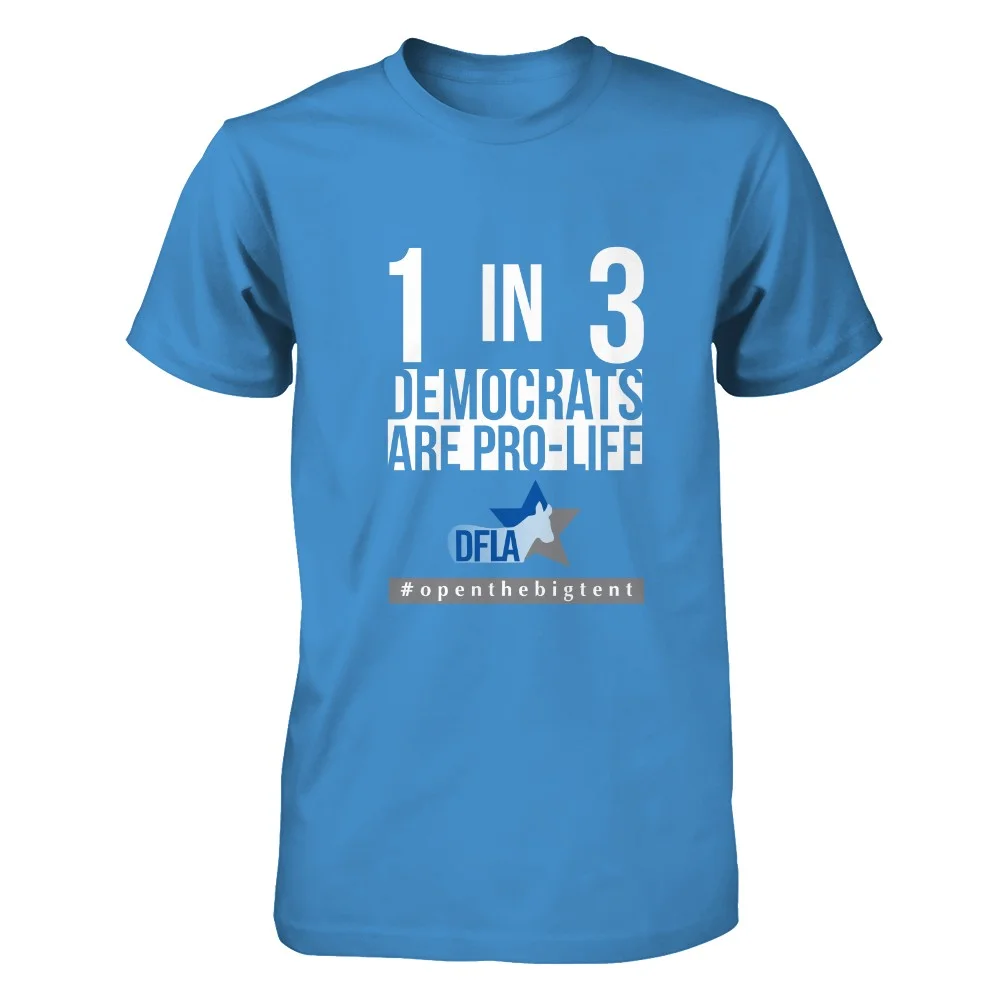Political insiders know that the Alfred E. Smith Dinner strives to honor decades of civic and religious traditions.
In election years, it's a tradition that the presidential candidates appear – wearing formal, white-tie attire – and satirize their own public images, while also aiming a few gentle shots at their opponent and the ranks of elite journalists in attendance.
Thus, Republican standard-bearer Mitt Romney, with a nod to his Mormon fuddy-duddy reputation, reminded the audience of wine-sipping socialites that, "Usually when I get invited to gatherings like this, it's just to be the designated driver."
Noting that this campaign has not, journalistically speaking, unfolded on a level playing field, he added: "I've already seen early reports from tonight's dinner, headline – 'Obama Embraced by Catholics. Romney Dines with Rich People.' "
In response, the president poked fun at his own complex and, for some, controversial religious and family background by noting that, like Romney, he has a rather unusual name. "Actually, Mitt is his middle name. I wish I could use my middle name," said Barack Hussein Obama.
But, yes, there is the issue of the Romney family's wealth. "Earlier today, I went shopping at some stores in Midtown," quipped Obama. "I understand Governor Romney went shopping FOR some stores in Midtown."
It is a tradition, of course, that the jokes grab the headlines after this unique, YouTube-friendly scene at the Waldorf-Astoria Hotel on Park Avenue.
But it is also a tradition that this dinner has, throughout its 67-year history, been a crucial fundraiser for charities linked to the Catholic Archdiocese of New York, netting about $5 million this year. Thus, the Catholic shepherd of New York City speaks last and, literally, offers his benediction on this salute to lighthearted, generous public discourse in the tense battlefield that is national politics.
The stakes were especially high this year since Cardinal Timothy Dolan faced withering criticism from Catholic conservatives for extending the traditional invitation to the president – because Obama has repeatedly clashed with the church over issues related to abortion, same-sex marriage and religious freedom.
The cardinal joined in the humorous repartee – at one point noting that he couldn't read the greeting sent by Pope Benedict XVI because it was written in Latin – but turned serious in his final prayer. He reminded the audience that the dinner honored Smith as the first Catholic selected as the presidential nominee of a major party, but also as the "happy warrior" who tirelessly fought to help the poor, the powerless and other forgotten Americans.
"Here we are, in an atmosphere of civility and humor … loving a country which considers religious liberty our first and most cherished freedom, convinced that faith is not just limited to an hour of Sabbath worship, but affects everything we do and dream," said Dolan, who also serves as president of the U.S. Conference of Catholic Bishops.
The purpose of the event, he added, was to "reverently" recall a "man of deep Catholic faith and ringing patriotism, who had a tear in his Irish eyes for what we would call, the 'uns' – the un-employed, the un-insured, the un-wanted, the un-wed mother and her innocent, fragile un-born baby in her womb, the un-documented, the un-housed, the un-healthy, the un-fed, the under-educated.
"Government, Al Smith believed, should be on the side of these 'uns,' but a government partnering with family, church, parish, neighborhood, organizations and community, never intruding or opposing, since, when all is said and done, it's in God we trust, not, ultimately, in government or politics."
While Dolan is known for his boisterous wit, this final litany was clearly the big idea he wanted to communicate to both candidates and to all who were present, said Father James Martin, author of "Between Heaven and Mirth: Why Joy, Humor, and Laughter Are at the Heart of the Spiritual Life."
"It was very moving, and very Catholic, because he refused to narrow the Gospel down to one or two issues," said Martin, who attended the dinner. "He reminded everyone of the sacred dignity of all human life, not just in the womb, but also not just in the slums. …
"There are Catholics these days, on the left and on the right, who don't want to be reminded of both sides of that equation. What the cardinal did was honor our Catholic tradition – all of it."






